Breaking News


Popular News

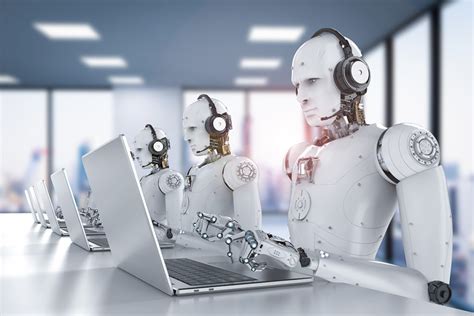
Discover the benefits, challenges, and future trends of integrating robotics in daily life. From household chores to healthcare, learn how robotics impacts everyday activities.In today’s rapidly advancing technological landscape, robotics is no longer confined to the realms of science fiction. Instead, it has become an integral part of our daily lives. From automated household chores to cutting-edge healthcare advancements, the integration of robotics has revolutionized the way we live and work. This blog post will delve into the various aspects of robotics integration in everyday life, exploring the benefits it brings, the challenges it poses, and the wide range of applications it encompasses. We will also examine the profound impact of robotics in healthcare and discuss the future trends that are set to shape the landscape of robotics integration. Join us as we navigate through the exciting world of robotics and discover how this transformative technology is reshaping the way we interact with the world around us.
Contents
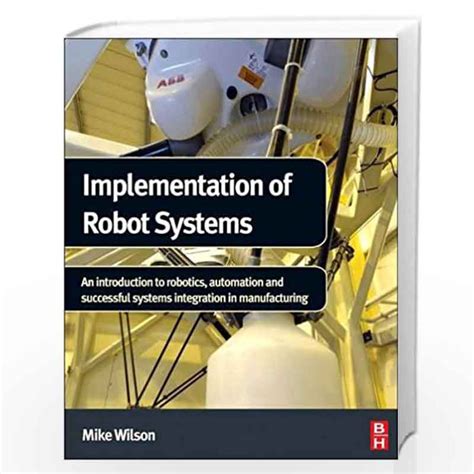
Robotic integration refers to the incorporation of robots into various aspects of daily life. These robots are designed to perform tasks, assist with activities, and improve overall efficiency. The use of robots in everyday life has become increasingly prevalent, with the potential to revolutionize the way we live and work.
With advancements in technology, robotics integration has expanded beyond traditional industrial settings and has found its way into domestic environments, healthcare facilities, and more. Household chores, medical procedures, and even social interactions are now being impacted by the integration of robots.
One of the key aspects of robotics integration is the emphasis on creating machines that can interact with humans and perform complex tasks autonomously. This involves the use of sensors, artificial intelligence, and machine learning algorithms to enable robots to adapt to various scenarios and environments.
As robotics integration continues to evolve, it is crucial for individuals to understand the potential benefits, challenges, and implications of incorporating robots into everyday life. This involves addressing concerns about job displacement, ethical considerations, and the overall impact on society.
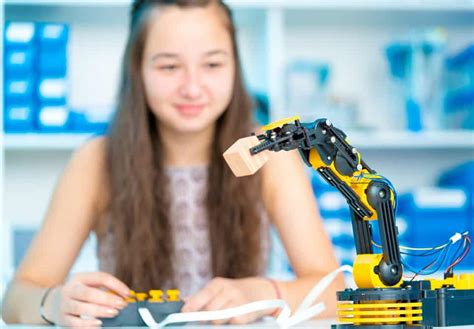
Robots have become an integral part of our daily lives, providing numerous benefits in various activities. One of the key advantages of robotics in daily activities is the improved efficiency and productivity. Whether it’s doing household chores or assisting in healthcare, robots can perform tasks at a much faster pace and with higher accuracy than humans, saving time and effort in the process.
Additionally, the use of robots in daily activities can also contribute to enhancing safety. For example, in industrial settings, robots can handle hazardous tasks that pose a risk to human workers. By taking over these dangerous tasks, robots help reduce the likelihood of workplace accidents and injuries, ultimately creating a safer environment for everyone involved.
Moreover, the integration of robotics in daily activities can lead to improved quality of life for individuals. For elderly or disabled individuals, robots can provide assistance with daily tasks, allowing them to maintain a sense of independence and freedom. Whether it’s aiding with mobility or completing household chores, robots can enhance the daily lives of those in need.
In summary, the benefits of robotics in daily activities are significant, ranging from increased efficiency and safety to improved quality of life. As technology continues to advance, the potential for robots to positively impact our daily activities will only continue to grow.
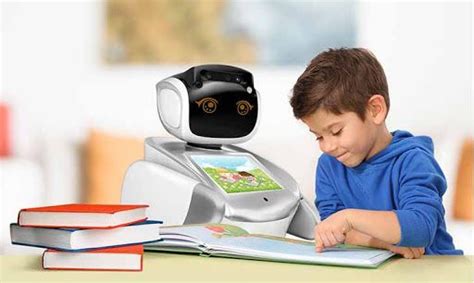
One of the main challenges of implementing robotics in daily life is the cost of acquiring and maintaining the technology. Most advanced robotic systems are expensive to purchase and require regular maintenance and upgrades to function effectively. This can be a major deterrent for individuals and households, especially those with limited financial resources.
Another challenge is the lack of widespread education and training on how to use and interact with robots. Many people may feel intimidated or unsure about how to operate these machines, leading to a lack of acceptance and adoption of robotic technologies in their daily lives.
Additionally, concerns about privacy and security pose significant challenges to the integration of robotics in daily life. As robots become more integrated into households and public spaces, there is a growing need to address issues related to data privacy and protection, as well as the potential for cyberattacks on robotic systems.
Further, the ethics of using robots in daily activities is a point of contention. Questions about the impact on human employment, the potential for robots to replace human interaction, and the moral implications of delegating certain tasks to robots are all important considerations in the integration of robotics into daily life.
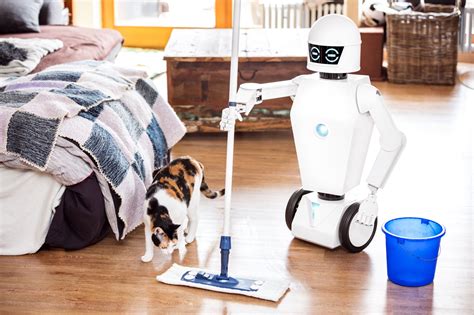
Applications of Robotics in Household Chores
Robotic technology has advanced immensely in recent years, and its integration into daily life has become more prevalent. One of the most promising applications of robotics is in assisting with household chores. Robots are being designed and developed to perform a variety of tasks around the home, making the lives of homeowners easier and more convenient.
One of the benefits of utilizing robots for household chores is the ability to save time. With the help of a robot, tasks such as vacuuming, mopping, and even folding laundry can be automated, allowing individuals to focus on other more important tasks. This not only increases productivity but also reduces the overall time and effort spent on mundane household chores.
Furthermore, the implementation of robotics in household chores can also lead to a more efficient use of resources. For example, robotic vacuum cleaners are equipped with sensors and mapping technology, allowing them to navigate and clean a space with minimal human intervention. This results in a reduction in energy consumption and water usage, contributing to a more sustainable and eco-friendly living environment.
As the technology continues to evolve, the impact of robotics in household chores is expected to grow significantly. Future advancements may see robots capable of performing more complex tasks, such as meal preparation, organizing, and even outdoor maintenance. With the ongoing development and integration of robotics in everyday life, the potential for a more streamlined and efficient home environment is within reach.
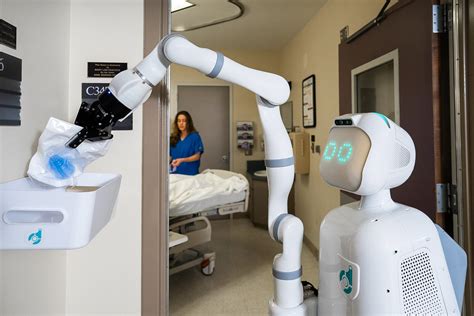
Robotics has made a significant impact in the healthcare industry, revolutionizing the way medical procedures are conducted and enhancing patient care. The use of robotic technology has led to improved precision in surgeries, resulting in fewer complications and faster recovery times for patients. Robotic surgical systems also allow for minimally invasive procedures, reducing the risk of infection and minimizing scarring.
Furthermore, robots are being utilized in rehabilitation therapy to assist patients in regaining mobility and strength after an injury or surgery. These robotic devices provide consistent and personalized support to patients, helping them achieve better outcomes in their recovery process. Additionally, robots are being employed in the dispensing and administration of medication, ensuring accurate dosing and reducing the risk of human error.
In the field of healthcare, the use of robots has also extended to telemedicine, enabling remote consultations and monitoring of patients. This has been particularly beneficial in providing healthcare access to individuals in rural or underserved areas. Robotic technology has helped bridge the gap in healthcare disparities and improved the delivery of medical care to those in need.
The integration of robotics in healthcare has not only enhanced the efficiency and precision of medical procedures but has also contributed to improved patient outcomes and expanded access to healthcare services.
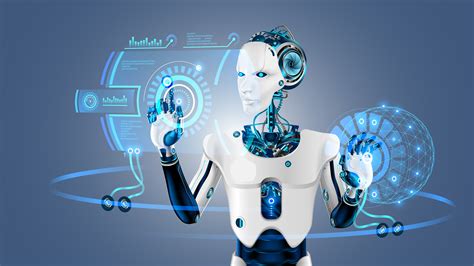
The future of robotics integration is shaping up to be an exciting one, with numerous advancements on the horizon. One key trend that is likely to pave the way for the future is the development of autonomous robots that can perform complex tasks without human intervention. These robotic systems will be equipped with advanced sensors and machine learning algorithms, enabling them to adapt to changing environments and make decisions on their own.
Another important trend to watch out for is the integration of robotics with artificial intelligence (AI). This will enable robots to not only perform repetitive tasks, but also to learn from their experiences and improve their performance over time. As a result, robotic systems will become more versatile and adept at handling a wide range of tasks, from household chores to industrial automation.
Furthermore, the miniaturization of robotic technology is expected to open up new possibilities for robotics integration. Smaller and more agile robotic systems will be able to navigate tight spaces and perform tasks in environments that were previously inaccessible to traditional robots. This will pave the way for the use of robotics in a variety of new applications, from healthcare to exploration of space.
| Key Future Trends in Robotics Integration |
|---|
| Autonomous robots with advanced sensors and machine learning algorithms |
| Integration of robotics with artificial intelligence (AI) for improved performance |
| Miniaturization of robotic technology for new applications and environments |
In conclusion, the future trends in robotics integration are focused on pushing the boundaries of what robots are capable of. From autonomy and AI to miniaturization, these trends are set to revolutionize the way robotic systems are used in various industries and everyday life, making them more efficient, versatile, and indispensable.

What are some examples of robotics in everyday life?
Some examples of robotics in everyday life include robotic vacuum cleaners, robotic lawn mowers, robotic surgery systems, and robotic prosthetics.
How has robotics improved efficiency in various industries?
Robotics has improved efficiency in various industries by automating repetitive tasks, increasing precision, and reducing the risk of human error. This has resulted in higher productivity and cost savings.
What are the potential benefits of integrating robotics into everyday life?
The potential benefits of integrating robotics into everyday life include improved convenience, accessibility to technology, increased safety in hazardous environments, and enhanced quality of life for individuals with disabilities.
What are some concerns about the integration of robotics in everyday life?
Some concerns about the integration of robotics in everyday life include job displacement, ethical implications of autonomous robots, and potential security and privacy risks associated with robotics technology.
How can individuals prepare for the future of robotics in everyday life?
Individuals can prepare for the future of robotics in everyday life by staying informed about technological advancements, developing digital literacy skills, and exploring opportunities for reskilling or upskilling in relevant fields.
What are the current limitations of robotics in everyday life?
The current limitations of robotics in everyday life include high costs of advanced robotic systems, limitations in dexterity and adaptability compared to human capabilities, and challenges in integrating robots into complex, dynamic environments.
What are some upcoming trends in the integration of robotics in everyday life?
Some upcoming trends in the integration of robotics in everyday life include the use of artificial intelligence and machine learning to enhance robotic capabilities, the development of socially assistive robots for healthcare and eldercare, and advancements in autonomous vehicles.